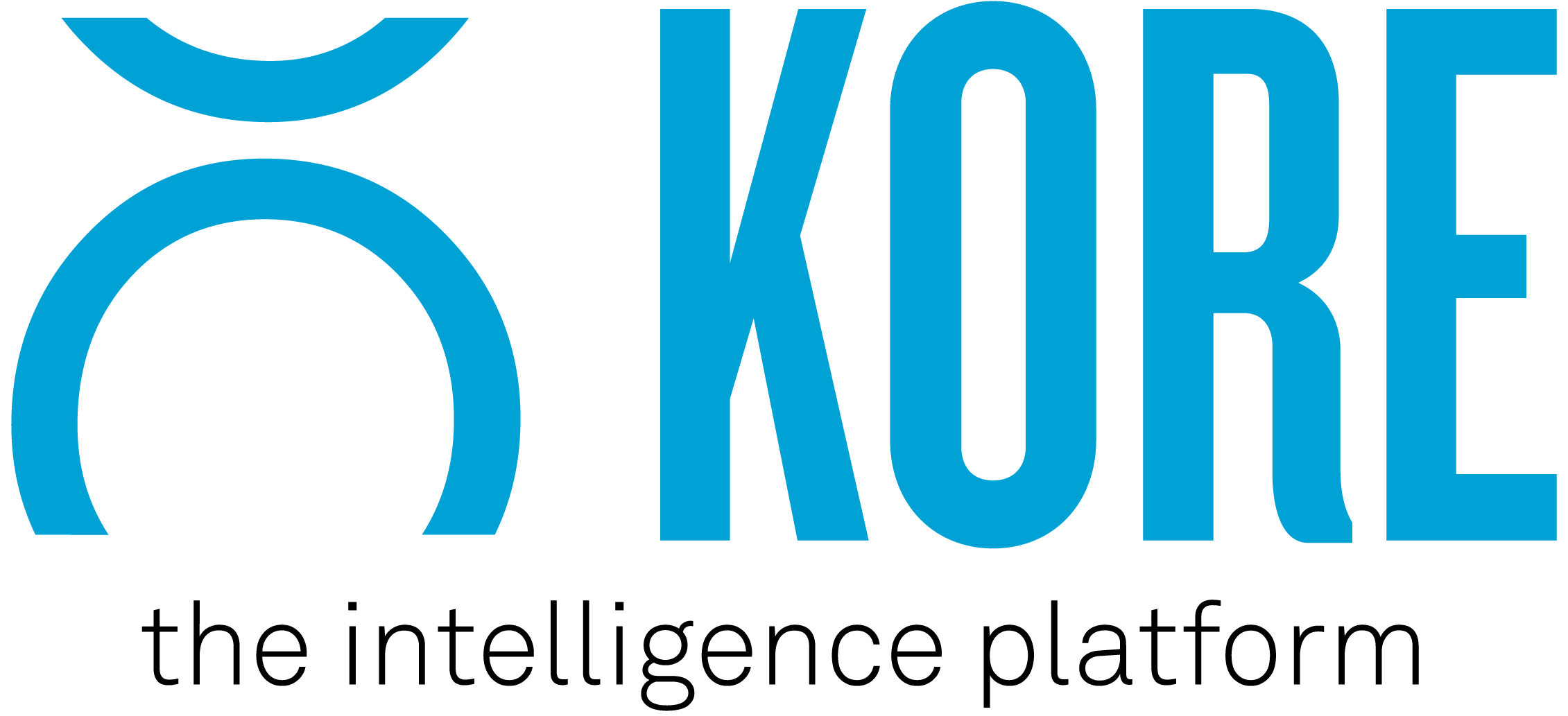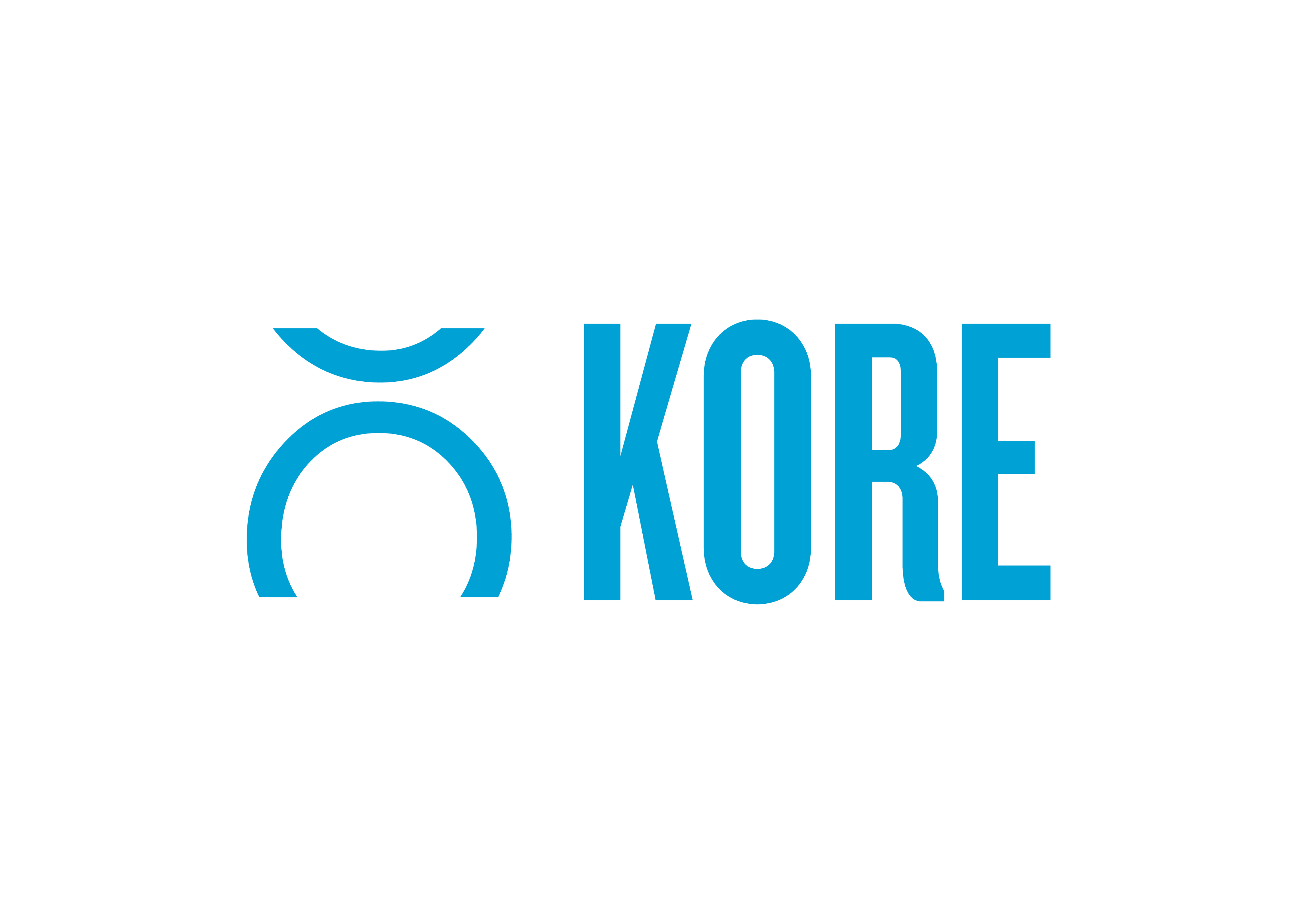Sponsorship has been through a significant shift over the past decade or so. We have seen a drastic change from logo’s, tickets, corporate entertainment, and website ads, as the main assets within a portfolio, to a far heavier focus on fan engagement.
Why the shift?
There are three main reasons as to why partnerships are being activated differently these days.
1. Technology
Rapid changes in technology has seen a far greater ability and ease for organisations to find new ways of measuring engagement, reach, and success.
2. More Qualified Staff
In recent times, we have seen a far more professional and committed approach to sponsorship through dedicated, specifically qualified, staffing arrangements. This brings with it a level of knowledge, experience, creativity and bolder approaches.
3. More Reliable Reporting
The result of the above two points has led to a need for more reliable success metrics around partnerships to help assess how/if/why certain sponsorships fit within a company’s marketing mix in a way that will help them achieve their wider marketing goals.
Does That Mean Old Methods Are Dead?
Absolutely not!
What it does mean, however, is that brands and rights holders are bringing a far more collaborative approach to sponsorship with a greater level of thought and structure around what they are doing.
It is far rarer to see ‘chairman’s choice’ or pre-built packages in sponsorship deals these days; although, they still do occur.
With increasing technology sophistication, logo branding and hospitality are becoming less and less likely to be the premium assets that brands are looking for. Again, however, this is not always the case and it absolutely does depend on the objectives of the brand within their marketing strategy.
What I am saying is that there is a far more bespoke nature to sponsorship in 2019 as there was in 2009. Further, best practice tells us that those rights holders who align assets directly to the objectives of brands are able to provide far greater success and positive review metrics than they were able to do a decade ago.
How Have Activations Evolved as a Result?
As a result of this shift, more effort is going into activating in the right way. Its only natural to see a more concerted effort going into success if we are aligning business objectives to the assets received and this means more collaboration and more rigid reporting follows.
The biggest shift in the evolution of activations is the tracking of Return on Objective (ROO) of a partnership over and above Return on Investment (ROI). This means that activations are far more aligned to tangible actions of engaging directly with fans and audiences to shift those audiences from being a borrowed audience (owned and accessed by the rights holder) to that of an owned audience by the brand (those which engage directly, over time, with the brand as a result of the sponsorship).
In the quest to achieve the audience engagement shift, we now see far more data capture, gamification, and technology usage within sponsorship activations.
The noticeable change has also led to a change in activity flow and periods. By nature of chasing direct fan engagement, partnerships and the activations cannot always be ‘on’. As such, the other common theme we see is the ebb and flow of activations which are often aligned to wider marketing activity. That means that sponsorship is being used to augment broader market messaging around campaigns a brand may be running.
What’s next for Rights Holders wanting to manage this change?
Within the U.S. particularly, and increasingly throughout Europe and Australasia, we are seeing rights holders invest heavily in technology to help drive engagement, data visualisation, and reporting.
Those who are leading the way are supporting this with dedicated B.I. staff who can analyse the data, help make business decisions, set strategy around it, and provide concise, tailored, and deep reporting to sponsoring brands.
It has taken investment, however, the upside results are fast and significant and those looking to be leaders in their markets need to get on the ship before it sails and the field is sailing off into the distance.
Written by: Mark Thompson
KORE is the global leader in engagement marketing solutions, serving more than 200 professional teams and 850+ sports and entertainment properties worldwide, providing practical tools and services to harness customer data, facilitate sponsorship sales and activation, and create actionable insights.



